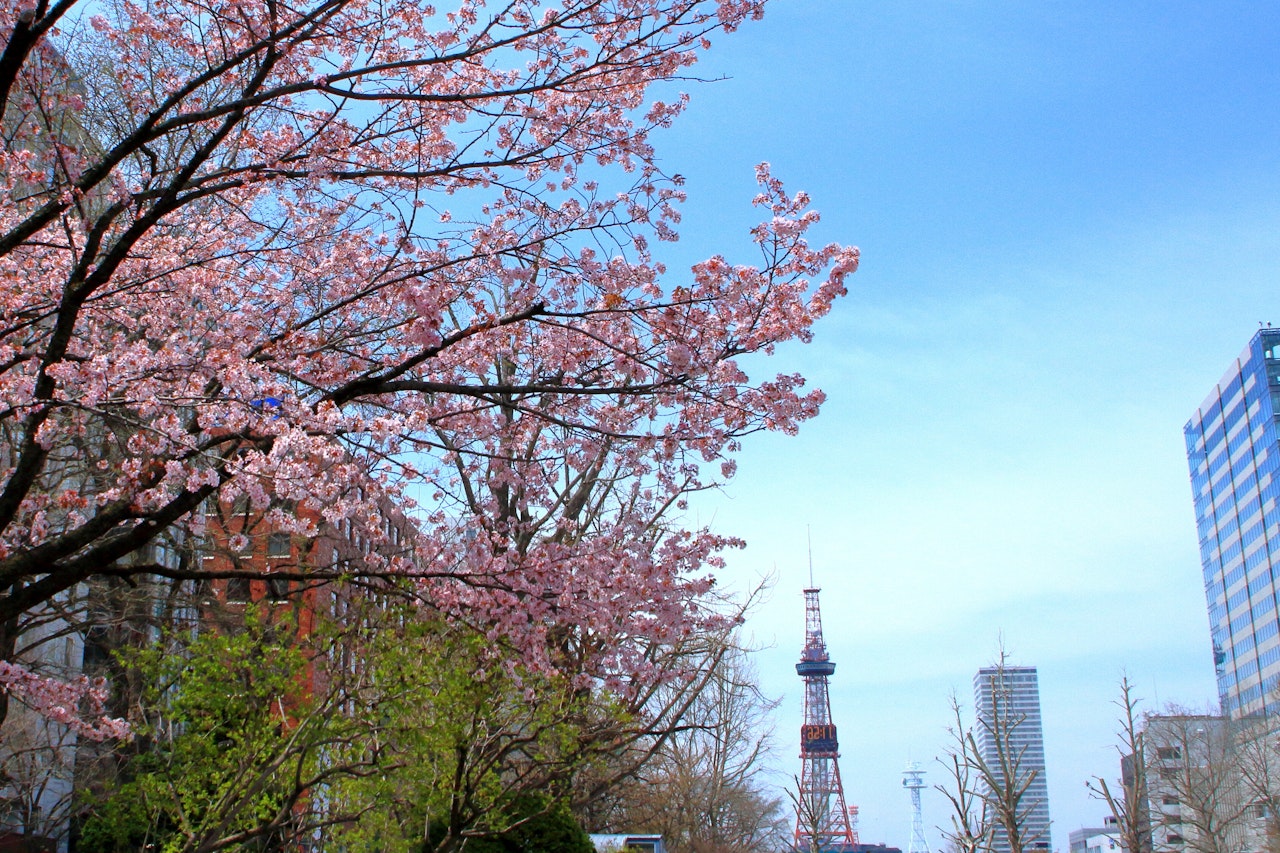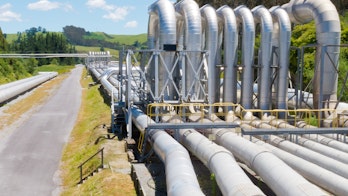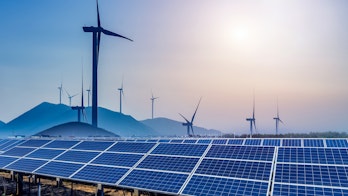The evolution of energy efficiency policy to support clean energy transitions

Cite report
IEA (2023), The evolution of energy efficiency policy to support clean energy transitions, IEA, Paris https://www.iea.org/reports/the-evolution-of-energy-efficiency-policy-to-support-clean-energy-transitions, License: CC BY 4.0
Report options
Using energy more efficiently has proven to be an extremely successful and cost-effective way to reduce energy demand. Highly developed and well proven policy instruments already exist to deliver increased energy efficiency, such as Ecodesign in Europe and Japan’s Top Runner. These policy tools can also support fuel switching and better demand management, helping to integrate higher volumes of variable electricity supply.
Japan’s Ministry of Economy, Trade and Industry, as part of Japan’s Presidency of the G7, asked the International Energy Agency (IEA) to examine the evolution of energy efficiency policy in the context of the clean energy transitions. The aim is to support discussions among G7 countries to provide insights and direction for the G7 energy and climate agenda.
This brochure outlines how traditional energy efficiency policy is evolving to address system-wide energy efficiency aspects such as grid flexibility and decarbonisation.
It provides insights into policy developments in major economies and presents the possible impacts from transforming energy efficiency regulations, with examples in three main sectors:
- Demand flexibility in appliances and buildings.
- Vehicle fuel economy standards.
- Industrial energy and carbon reporting.
This brochure is a draft for comment, and intended as a precursor to a longer report that will be published by the IEA later in 2023.



